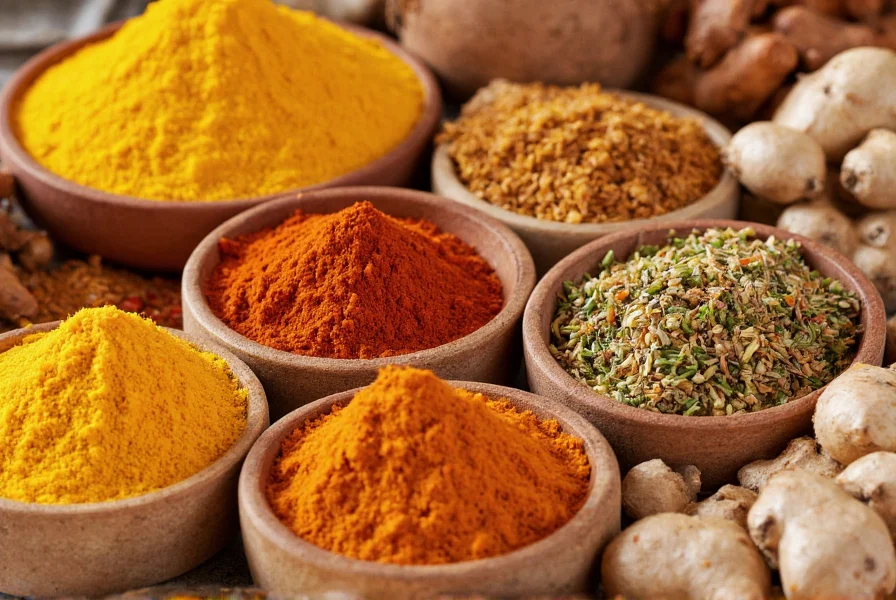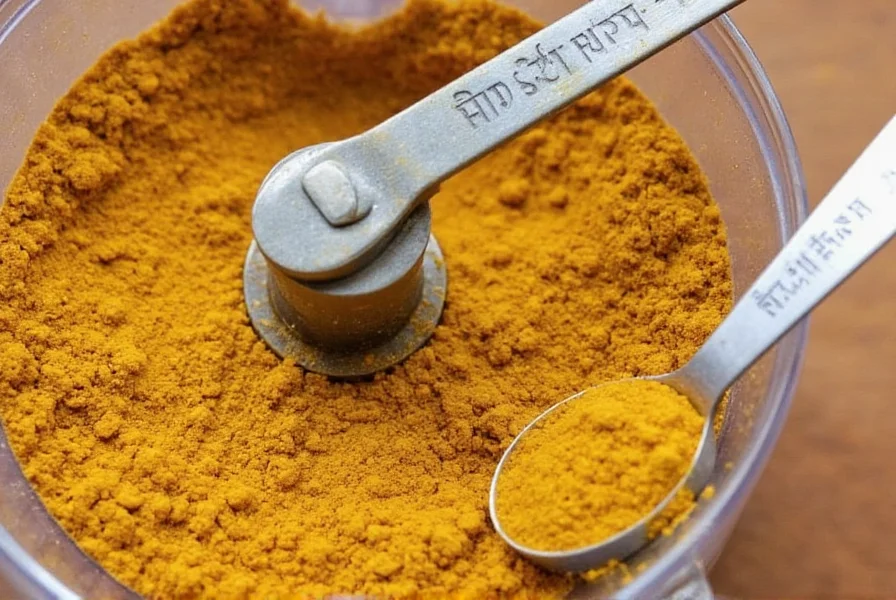Running out of curry powder mid-recipe doesn't mean abandoning your culinary plans. Understanding how to create effective curry powder alternatives using common pantry staples saves meals and expands your flavor knowledge. This guide provides practical, tested substitutions that maintain authentic curry flavors when the standard blend isn't available.
What Makes Curry Powder Tick
Before exploring substitutes, recognize that curry powder isn't a single standardized blend. Most commercial versions contain turmeric (providing color), cumin (earthy base), coriander (citrus notes), fenugreek (slightly sweet), and chili (heat). Regional variations exist—Indian curry powders differ significantly from Thai or Japanese versions. This diversity means your substitution strategy should consider which cuisine you're preparing.

Top Curry Powder Alternatives by Availability
These substitutions work in most savory dishes calling for 1-2 tablespoons of curry powder. Adjust quantities based on your spice tolerance and the specific recipe requirements.
| Substitute | Ratio | Best For | Flavor Notes |
|---|---|---|---|
| Garam Masala | 1:1 | Indian curries, stews | Warmer, less earthy, more cinnamon/cardamom notes |
| Homemade Blend (turmeric, cumin, coriander) | 1 tsp turmeric + 1 tsp cumin + 1/2 tsp coriander | Most curry applications | Closer to standard curry powder profile |
| Berberé Spice Mix | 1:1 | Hearty stews, roasted vegetables | More complex heat with fenugreek and paprika |
| Mustard Powder + Turmeric | 1/2 tsp mustard + 1/2 tsp turmeric | Creamy curries, potato dishes | Sharp tang with golden color, less complex |
Creating Custom Curry Powder Blends
When building your own curry powder substitute, consider these professional chef recommendations for different culinary applications:
For Indian-Style Curries
Mix 2 tsp ground coriander, 1 tsp cumin, 1/2 tsp turmeric, 1/4 tsp ginger, 1/8 tsp fenugreek, and a pinch of cayenne. This combination replicates the earthy, complex profile of standard Madras curry powder. Add 1/4 tsp amchur (mango powder) for authentic tang if available.
For Thai-Inspired Dishes
Combine 1 tsp lemongrass powder, 1/2 tsp galangal, 1/4 tsp kaffir lime powder, 1/4 tsp turmeric, and a pinch of chili. This blend better approximates Thai curry pastes than standard curry powder substitutes. Note that Thai cuisine typically uses fresh paste rather than dry powder.

Adjusting Recipes When Substituting
Understanding how different substitutes interact with your recipe prevents flavor imbalances. These professional cooking adjustments ensure success:
- Acidity balance - Many substitutes lack the subtle tang of commercial curry powders. Add 1/2 tsp lemon juice or vinegar per tablespoon of substitute
- Oil solubility - Whole spices release flavors better in oil. Bloom your substitute blend in 1 tsp oil before adding liquids
- Timing matters - Delicate spices like coriander lose potency when cooked too long. Add substitutes later in the cooking process
- Salt considerations - Commercial blends often contain salt. Reduce added salt by 1/4 tsp per tablespoon of substitute used
When to Avoid Substitutes Completely
Certain dishes require authentic curry powder for proper flavor development. These recipes typically need the specific chemical composition of traditional blends:
- Kedgeree (British-Indian fish curry)
- Coronation chicken
- Traditional butter chicken
- Massaman curry
For these dishes, consider making a quick batch of homemade curry powder using whole spices toasted and ground fresh. The extra five minutes significantly improves authenticity compared to substitutions.
Frequently Asked Questions
Can I use paprika as a curry powder substitute?
Paprika alone makes a poor curry powder substitute as it lacks the complex spice profile. However, combining 1 tsp paprika with 1/2 tsp turmeric, 1/4 tsp cumin, and 1/8 tsp ginger creates a reasonable alternative for emergency situations when other spices aren't available.
How much curry powder equals curry paste?
One tablespoon of curry paste generally equals one teaspoon of curry powder. Curry paste contains oil and liquid ingredients that concentrate the flavors, so you need less dry powder to achieve similar intensity. Always adjust to taste after initial addition.
Does curry powder go bad?
Ground curry powder typically maintains peak flavor for 6-12 months when stored in an airtight container away from light and heat. Whole spice blends last longer. Signs of degradation include faded color, weak aroma, and loss of flavor complexity. Properly stored, it remains safe indefinitely but loses culinary value over time.
Can I substitute curry leaves for curry powder?
Curry leaves and curry powder are fundamentally different ingredients. Fresh curry leaves provide a distinct citrus-herbal note but don't replicate the complex spice blend of curry powder. Use 8-10 fresh curry leaves plus 1 tsp turmeric and 1/2 tsp cumin to approximate some flavor elements, but recognize this creates a different flavor profile.










 浙公网安备
33010002000092号
浙公网安备
33010002000092号 浙B2-20120091-4
浙B2-20120091-4